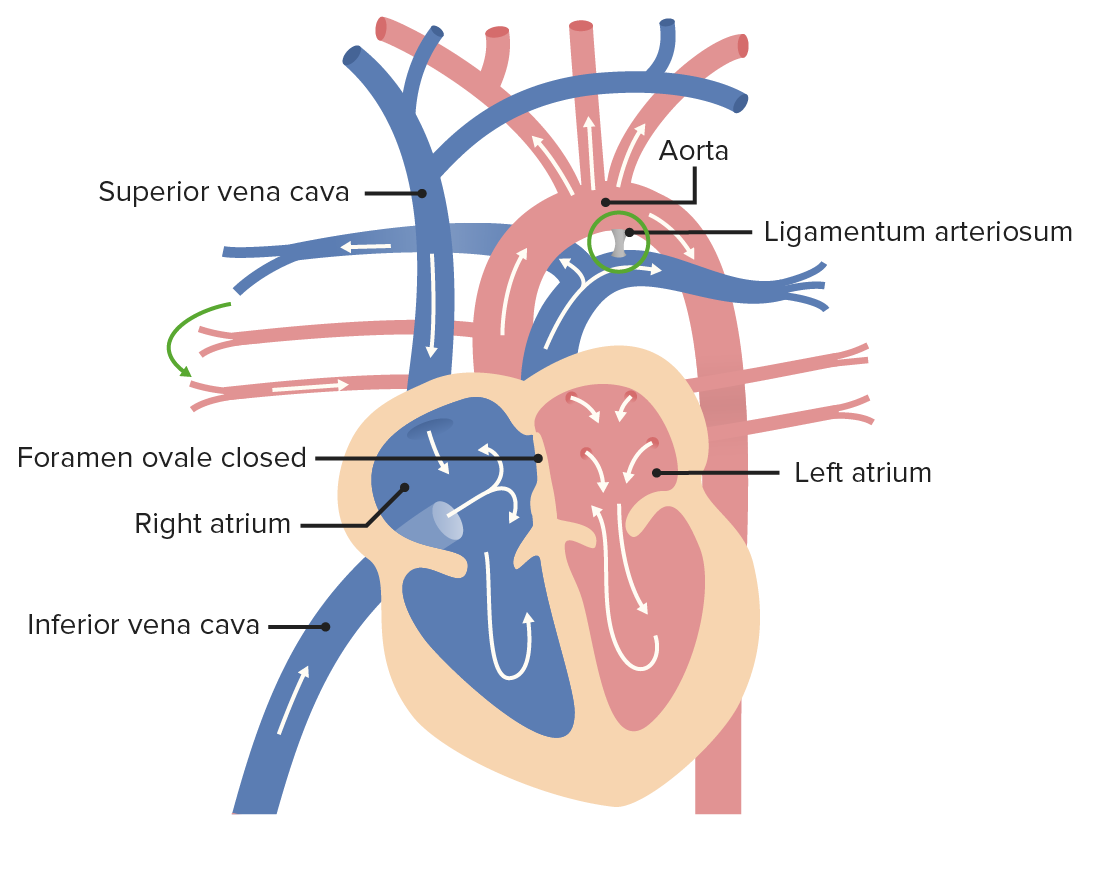Playlist
Show Playlist
Hide Playlist
Prenatal Diagnosis
-
Slides 03 Genetic Counseling and Prenatal Diagnosis PopulationGenetics.pdf
-
Download Lecture Overview
00:01 Then if we wanted to take it a stage further, perhaps there is some evidence that there might be something genetic going on. You don’t have the use of NIPS or non-invasive procedure, we can do prenatal diagnosis. There are two, I’m sure you’re very familiar with. So, I’m just going to touch on them briefly. Chorionic villus testing where we actually take a sample of the fetal component of the placenta in order to do any of the DNA testing, chromosome analysis, or actually these days, much, much deeper testing that’s available to us with genetic screens and such or we can do amniocentesis. 00:48 It used to be thought that amniocentesis and chorionic villus testing were fairly invasive procedures. 00:53 But of course, with the advents in technologies in medicine, they are relatively safe. 01:00 Chorionic villus testing, a little less invasive because amniocentesis actually requires puncturing of the amniotic sac in order to take samples of the cells. Two techniques that are also available and perhaps you will be involved in any number of these techniques as a precursor to sending a patient or referring a patient to genetic counseling. Another thing that we should cover in the realm of prenatal diagnosis is preimplantation genetic diagnosis. This is something that would be, of course, available to your patients. It's becoming more and more frequent as a not just in vitro fertilization technique but as a technique for diagnosing any potential genetic anomaly. It’s a particular interest if you have patients that are interested in conceiving, yet, they know they have a certain risk of a genetic disorder, say Tay-Sachs disease. Then you would certainly want to have preimplantation genetic diagnosis in order to assure you did not have or your patient did not have an affected son or daughter. The technique of preimplantation diagnosis can be done in a couple of different ways. They can either do it by taking one cell or they could do it by taking multiple cells. The one cell is done very early in the embryonic development at the 8 or 16 cell stage. One cell is removed from the cell mass. That cell is tested. Of course, we have a whole battery of techniques available for us to test them from various chromosome analyses to actual DNA screens. Either way, the embryo that is healthy or does not have any anomaly would be selected and implanted, not the affected one. Those ones would be discarded. 03:09 Similarly in a later stage, we can take a blastocyst biopsy where they’ll take several more cells, so more opportunity to detect disorders. We can take about four or five trophectoderm cells and test those. They’ll simply use a small cannula. Take those cells away. Do the genetic testing on them. 03:34 Select an embryo again that is fit and good to go and not carrying any genetic anomalies. 03:40 Those are the ones that we choose to implant. Here comes quite a controversial question. 03:49 When is invasive testing indicated? The opinions differ drastically between different agencies. 04:01 First of all, the American College of Obstetrics and Gynecologists or ACOG, they say that it should be made available to all women. I don’t know. I kind of agree with this, that we don’t need to restrict the testing. But others suggest that we should only use these screening techniques or the invasive screening techniques if there is an increased risk. Now, I think that the perspectives on this are probably going to change as technologies develop. You have to keep in mind we’re at a pivotal time where things are changing at a very high rate. I think they’re going to continue to do so as you make it into your early years of practice and beyond. Who knows what the future holds, right? The 2011 Practice Guidelines from the Society of Obstetricians says that only in the case of increased risk. 05:01 The Gynaecologists of Canada say that it should only be with increased risk and the International Society for Prenatal Diagnosis. Just be aware that there is some descent in whether we should be doing the more invasive techniques. I think that the addition of the new technique using cell free fetal DNA is really going to open things up a lot. I think that’s an exciting field. As with all things in genetics, stay ready for change and keep your mind open for what could happen in the future. 05:45 Thanks so much for listening.
About the Lecture
The lecture Prenatal Diagnosis by Georgina Cornwall, PhD is from the course Population Genetics.
Included Quiz Questions
Preimplantation genetic diagnosis is typically performed at which stage of development?
- Blastocyst stage
- 2-cell stage
- Gastrulation
- Neuralation
- The zygote stage
How many trophectoderm cells are typically excised for the preimplantation genetic diagnosis (PGD)?
- 5
- 1
- 100
- 10
- 25
Which of the following is a type of prenatal diagnosis that obtains part of the fetal component of the placenta?
- Chorionic villus sampling
- Ultrasound
- Fetal cell-free DNA
- hCG levels
- Alpha-fetoprotein levels
Customer reviews
5,0 of 5 stars
| 5 Stars |
|
5 |
| 4 Stars |
|
0 |
| 3 Stars |
|
0 |
| 2 Stars |
|
0 |
| 1 Star |
|
0 |





